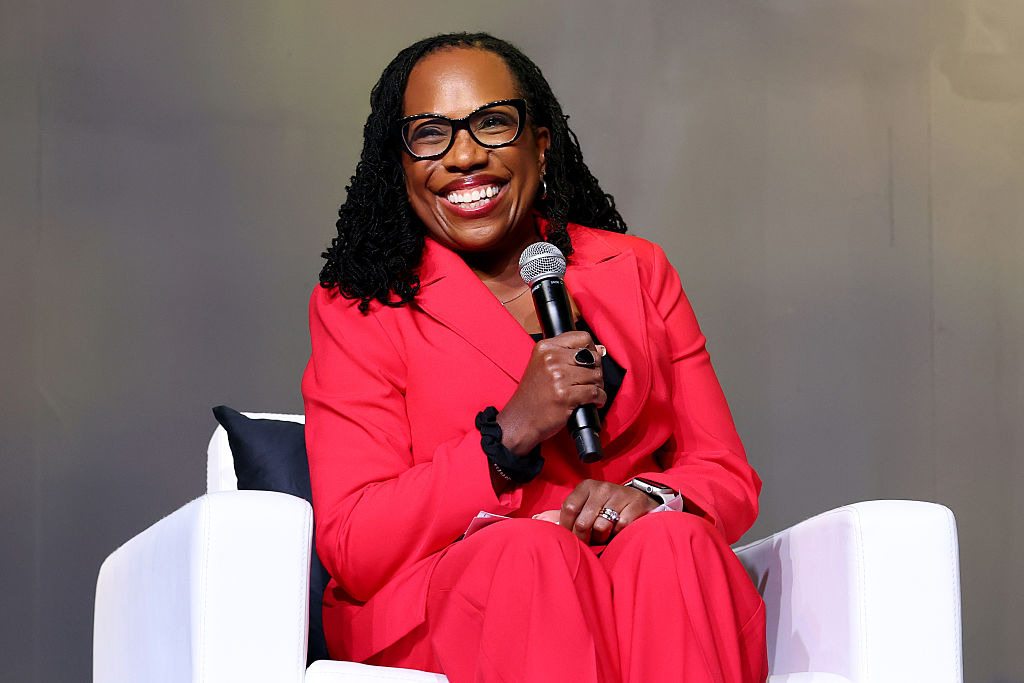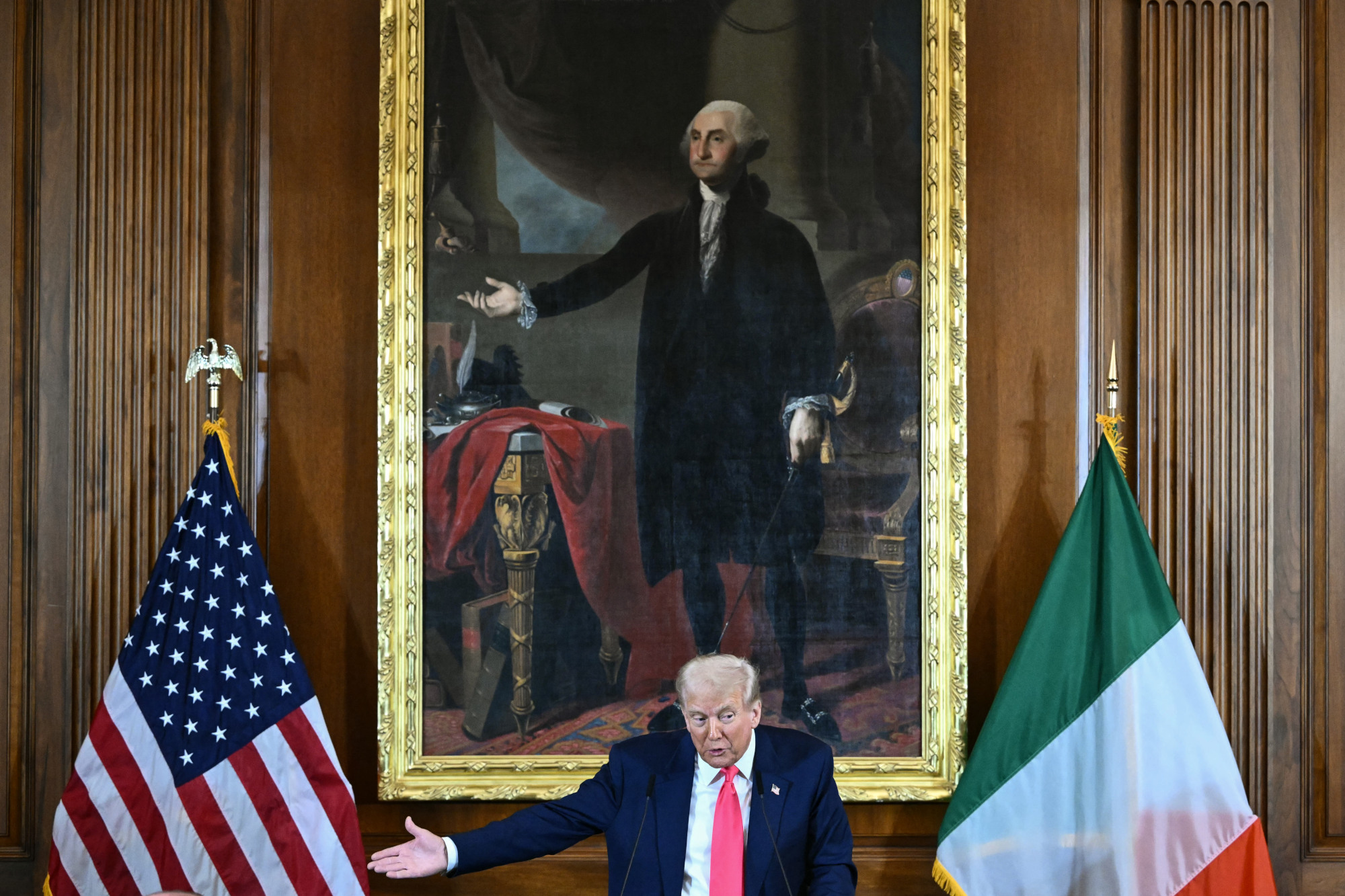It’s no secret that Americans are moving from blue states to red ones. According to recently released Census Bureau data, the five with the largest population loss to other states between July 2022 and July 2023 were California (-338,371), then New York (-216,778), Illinois (-83,839), New Jersey (-44,666), Massachusetts (-39,149) and Maryland (-30,905). The five states with the largest overall increases during the same period were Texas (473,453), Florida (365,205), Georgia (116,077), South Carolina (90,600) and Tennessee (77,512).
The most frequently cited reason for this ongoing blue-to-red migration is taxes — or, more correctly, the opportunity to pay less and fewer of them. When American Enterprise Institute researcher Mark Perry compared the top ten states people were leaving in 2021 with the top ten they were moving to, the former had an average maximum income tax rate of 8 percent, while the places they were heading for had an average rate of just 3.8 percent. Even when it comes to gas taxes, drivers in red states pay significantly less than those on blue roads.
Job opportunity is also a strong red state lure. Of the seventeen fastest-hiring states, according to the Bureau of Labor Statistics, fourteen went for Trump in the last election. And of the three that went for Biden, two — Georgia and Nevada — are really more purple than blue. On the other hand, all ten of the slowest-hiring states voted for Biden.
And although it tends to be mentioned less frequently than either taxes or jobs, housing affordability is clearly a third reason why people are leaving blue jurisdictions. Indeed, the median home price in the ten states currently gaining the most people averages 23 percent less than in the ten states losing the most.
Personal income may remain higher in more liberal parts of the country, but home ownership is now greater in red states, because buying a residence not only costs less but annual price increases average half as much. According to Foundation Title, 67.9 percent of households in Republican-leaning states are homeowners, compared to 63.5 percent in Democrat areas.
But as impressive as all these red state plusses are from the perspective of a would-be resident, they do not give us much insight into why they are even possible. After all, Republican governments presumably have the same obligation to fund their state colleges and universities, operate public transportation, maintain critical infrastructure and provide the many other social services that blue state governments do. How, then, can red legislatures fulfill these responsibilities while keeping individual tax rates low, offering the financial incentives needed to keep jobs-producing businesses and foregoing the kinds of regulatory levies which inflate the cost of home construction?
Blue states will claim that their red counterparts are not nearly as efficient as they seem but are in fact heavily subsidized by Democrat taxpayers. This argument, taken as gospel by many in the media, is based on the supposed unfairness of what is technically known as the federal “balance of payment” ratio — that is, the difference between what Washington collects in taxes from a given state and the amount that same state gets back in federal funding for various national programs.
In 2019, for example (the last year with data undistorted by Covid spending), red Texas got back $1.09 for every dollar its citizens sent to DC while blue California received only 97 cents. To blue state politicians, such variations are proof that the supposed red state advantage is really an accounting illusion, nothing short of a Democrat bailout made possible by an unfair distribution of public money.
Yet stepping back from conveniently selected state-on-state comparisons, this blue defense quickly falls apart. In the first place, several red states, including North Dakota, New Hampshire, and Nebraska consistently receive less money from the federal treasury than they contribute. At the same time, blue New Mexico, Maine, and Hawaii get back $3.11, $2.12, and $1.98 respectively for every federal tax dollar collected.
More importantly, as ALEC Center for State Fiscal Reform legislative manager Skip Estes has noted, the ability of Congress to print money means that the vast majority of states, red and blue, consistently send less to Washington than they get. In fact, only ten states have negative balance of payment ratios. Democrat politicians may try to portray red state governments as welfare cheats, unable to survive without blue state charity, but the numbers clearly contradict that analogy.
The other blue explanation for the relatively low cost of red government is that Republican legislatures skimp on social services, providing poor and middle-class families with an inferior quality of life. Progressive journalist William Kleinknecht has even accused Florida, Texas and other red states of deliberately starving their K-12 education systems, local hospitals, pollution control agencies and other programs, just so they can lure new businesses and wealthy residents with the promise of low or no income taxes. He claims that GOP controlled statehouses across the country have “had dire results for ordinary citizens,” a development which “has largely escaped the lens of the national media.”
Yet when it comes to the services that voters themselves most value, it is the blue states which appear to be falling short. A tally of independent studies by Manhattan Institute senior fellow Steven Malanga shows that “on the core tasks that people think government should do — building roads and bridges, running airports and transit systems, or otherwise spending tax dollars well — high-tax [blue] states rank low, despite enormous financial resources.” Similarly, in its most recent annual ranking of “the Ten US States with the Best Infrastructure,” CNBC put only one blue state (Minnesota at number ten) and one swing state (Nevada at number eight) on its list.
Of course, red state politicians have their own explanation for how they are able to keep taxes low, attract jobs producing businesses and offer more affordable housing than blue policymakers: they simply use the limited revenues they do collect far more efficiently and effectively than a Democrat-run government would. Perhaps not the most surprising answer from the right side of the aisle, but is it true?
To find out, the finance company WalletHub recently used twenty-nine metrics to measure the quality of healthcare, safety, education, construction and environmental services in all fifty states. WalletHub researchers then compared each state’s overall services score to the total taxes paid per capita, so that states could be ranked according to where Americans get the best return in public services for the taxes they pay. States were determined to be red or blue according to how they voted in the 2020 presidential election.
As it turned out, red states scored an average rank of 21.52, compared to the average blue rank of 29.48 (The lower the number, the more residents get for their money.) Once more, three states with some of the lowest overall taxes (Florida, Texas and Wyoming) were in the top ten, while three with some of the highest (California, Connecticut, and New York) sank to the bottom ten.
If nothing else, these results suggest an interest split in GOP governance. While Republicans at the national level always seem to have trouble delivering on campaign promises to “trim bureaucratic waste” and make government “operate more like a business,” their state and local counterparts actually do a pretty good job of it.
The WalletHub study also offers some hope to residents of blue states who fear that their economic problems may be too mysterious or complex ever to be solved. It shows that what really makes any region prosperous is the determination of its politicians to do the best they can with a modest revenue stream..


























Leave a Reply